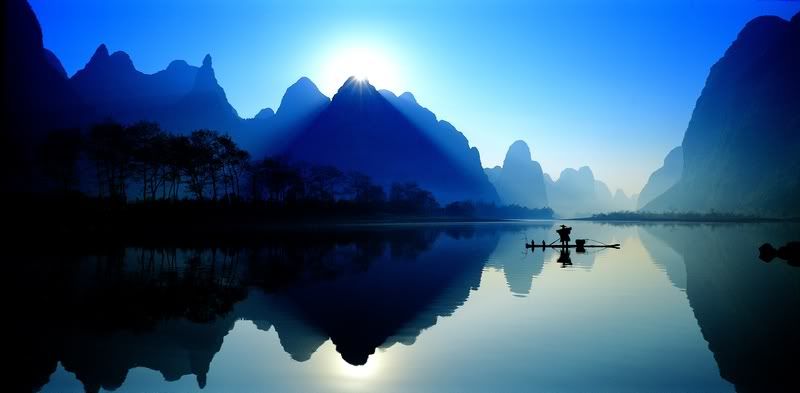Recent Climate Change
Since the Industrial Revolution (around 1750), human activities have substantially added to the amount of heat-trapping greenhouse gases in the atmosphere. The burning of fossil fuels and biomass (living matter such as vegetation) has also resulted in emissions of aerosols that absorb and emit heat, and reflect light.
The addition of greenhouse gases and aerosols has changed the composition of the atmosphere. The changes in the atmosphere have likely influenced temperature, precipitation, storms and sea level (IPCC, 2007). However, these features of the climate also vary naturally, so determining what fraction of climate changes are due to natural variability versus human activities is challenging.
The following pages provide a summary of the atmosphere and climate changes observed during the Industrial Era and, where possible, current understanding of why the changes have occurred:
1) Atmosphere Changes
2) Temperature Changes
3) Precipitation and Storm Changes
4) Sea Level Changes
Land Cover and Land Use Change
In addition to changes in the atmosphere’s composition, changes in the land surface can have important effects on climate. For example, a change in land use and cover can affect temperature by changing how much solar radiation the land reflects and absorbs. Processes such as deforestation, reforestation, desertification and urbanization often contribute to changes in climate (including temperature, wind and precipitation) in the places they occur. These effects may be significant regionally, but reduced when averaged over the entire globe.
Changes in land cover and land use can also affect the amount of carbon dioxide taken up (or sequestered) or released by the land surface. For more information, visit EPA’s Carbon Sequestration in Agriculture and Forestry Site.
The content of this Web site focuses on global changes in climate from changes in greenhouse gases and aerosols. For more information on the state of knowledge of land-use change on climate, see the Climate Change Science Program's Strategic Plan's Chapter on Land Use/Land Cover Change.
Reference: http://epa.gov/climatechange/science/recentcc.html
The addition of greenhouse gases and aerosols has changed the composition of the atmosphere. The changes in the atmosphere have likely influenced temperature, precipitation, storms and sea level (IPCC, 2007). However, these features of the climate also vary naturally, so determining what fraction of climate changes are due to natural variability versus human activities is challenging.
The following pages provide a summary of the atmosphere and climate changes observed during the Industrial Era and, where possible, current understanding of why the changes have occurred:
1) Atmosphere Changes
2) Temperature Changes
3) Precipitation and Storm Changes
4) Sea Level Changes
Land Cover and Land Use Change
In addition to changes in the atmosphere’s composition, changes in the land surface can have important effects on climate. For example, a change in land use and cover can affect temperature by changing how much solar radiation the land reflects and absorbs. Processes such as deforestation, reforestation, desertification and urbanization often contribute to changes in climate (including temperature, wind and precipitation) in the places they occur. These effects may be significant regionally, but reduced when averaged over the entire globe.
Changes in land cover and land use can also affect the amount of carbon dioxide taken up (or sequestered) or released by the land surface. For more information, visit EPA’s Carbon Sequestration in Agriculture and Forestry Site.
The content of this Web site focuses on global changes in climate from changes in greenhouse gases and aerosols. For more information on the state of knowledge of land-use change on climate, see the Climate Change Science Program's Strategic Plan's Chapter on Land Use/Land Cover Change.
Reference: http://epa.gov/climatechange/science/recentcc.html








0 Comments:
Post a Comment
<< Home